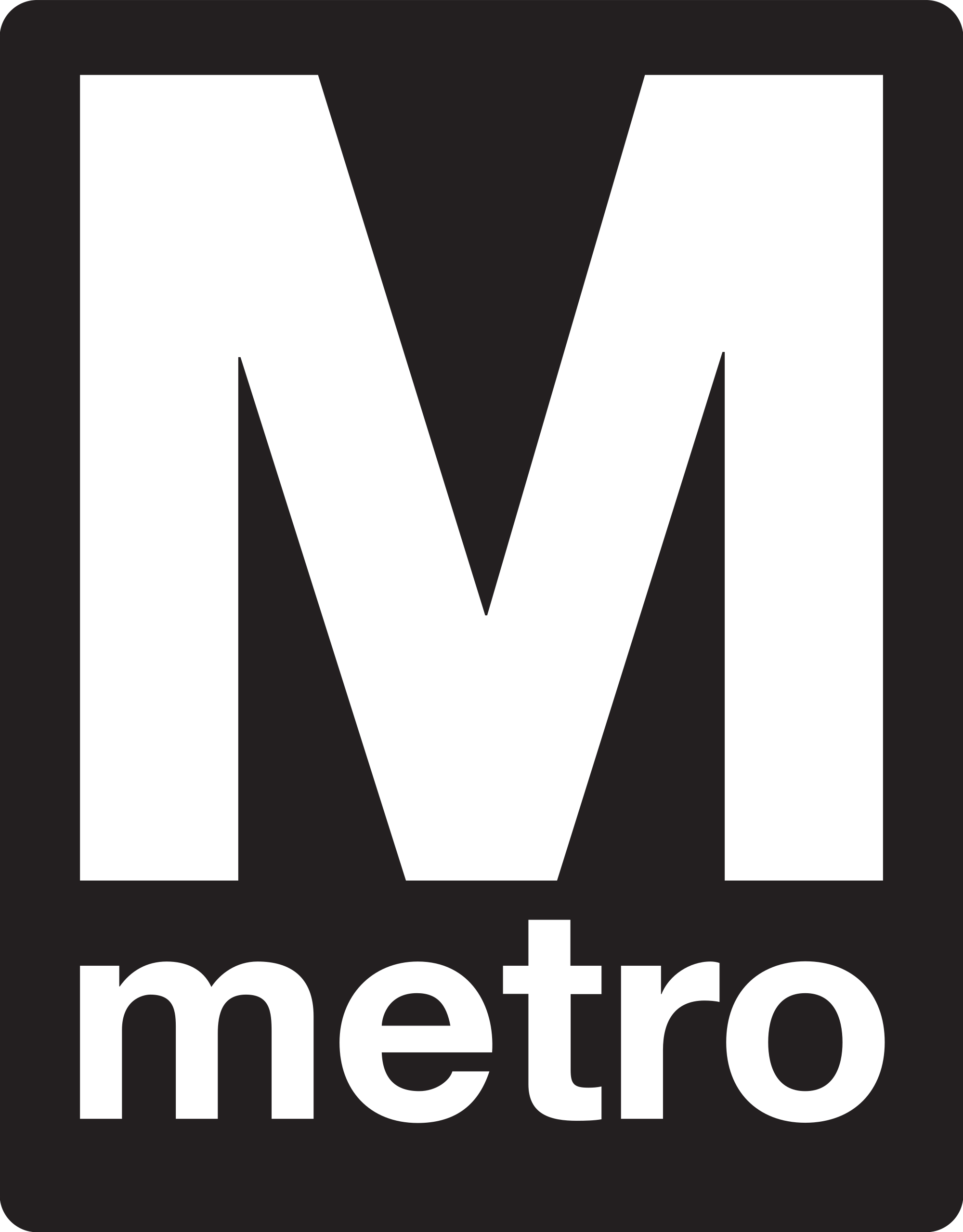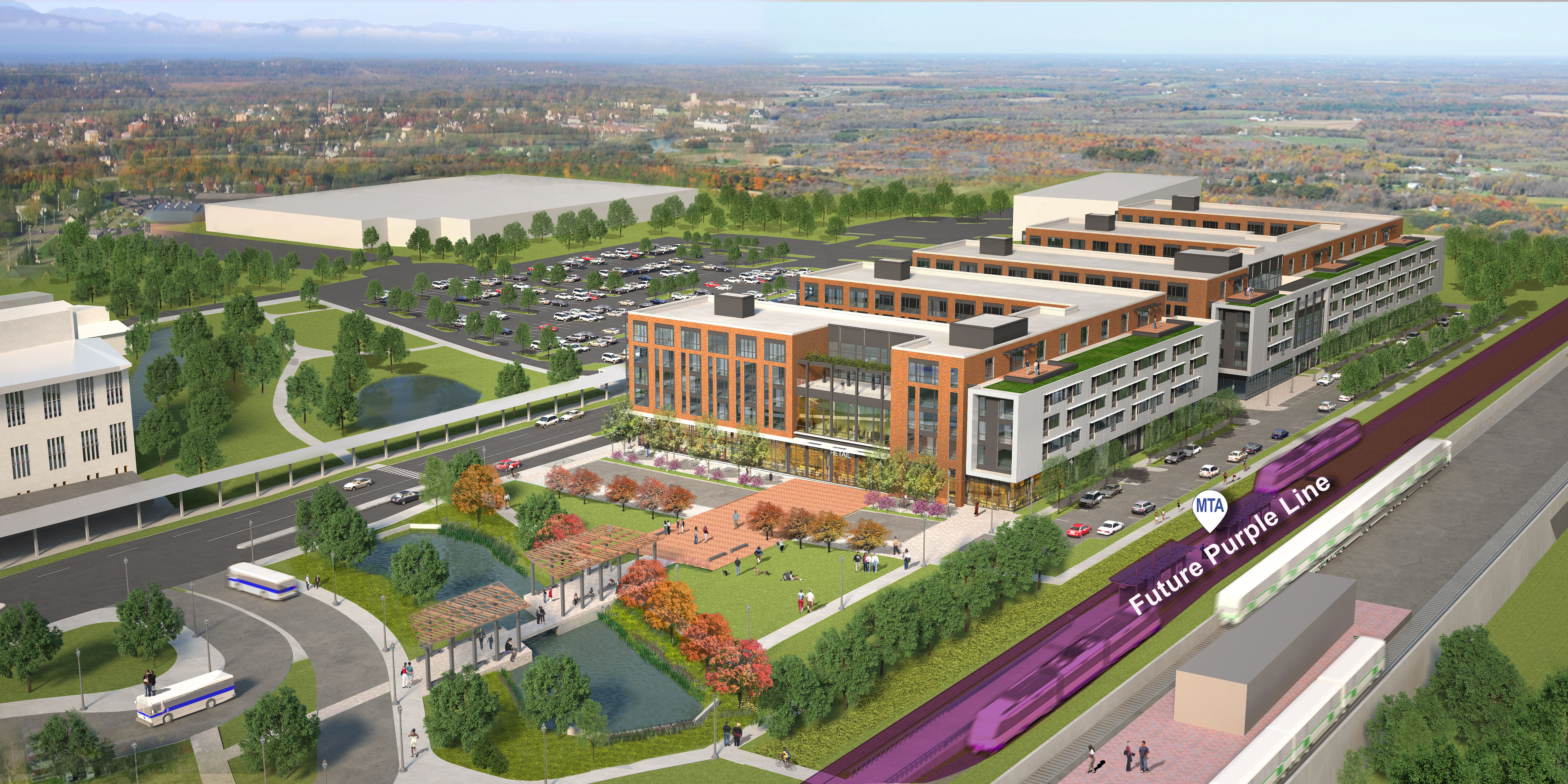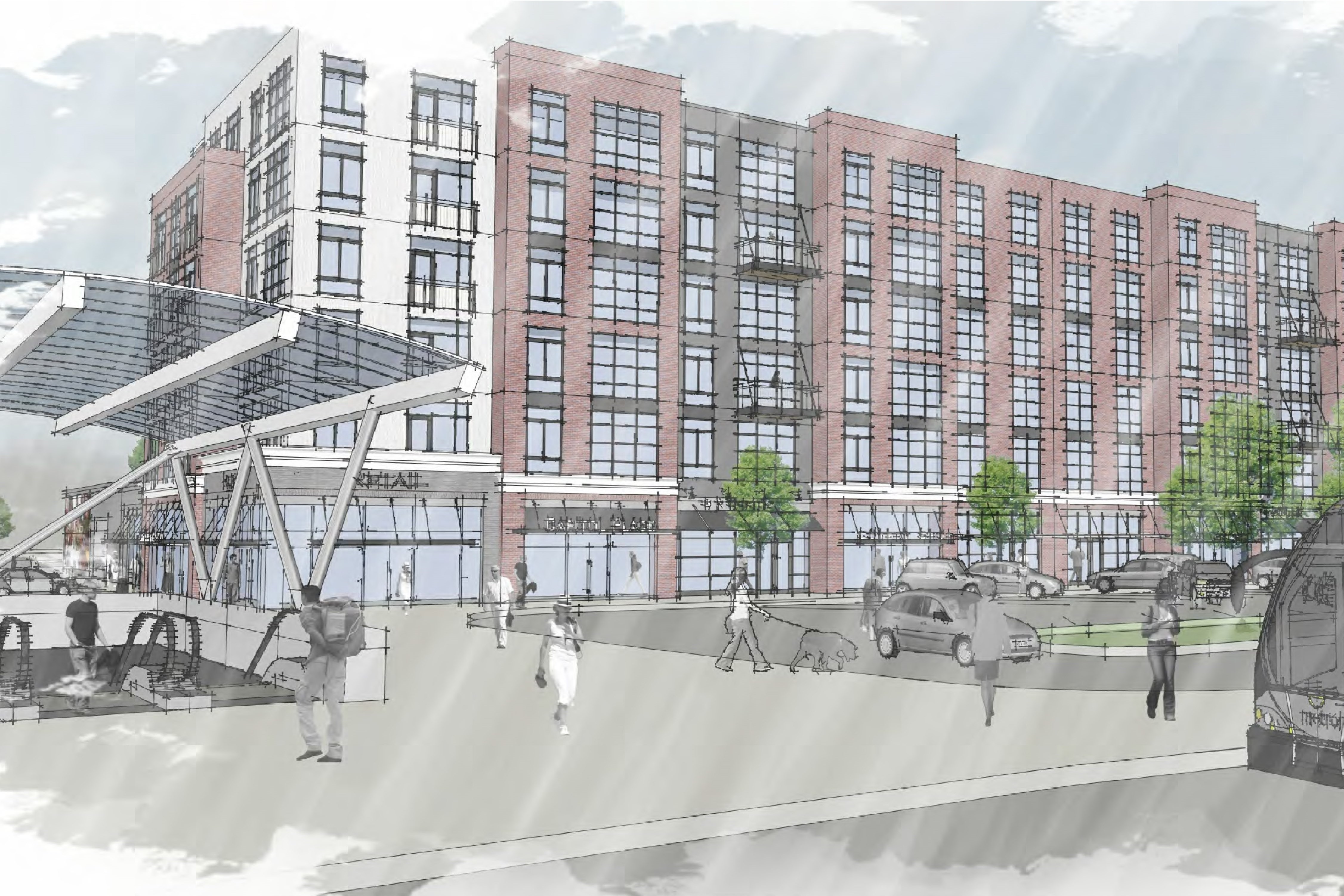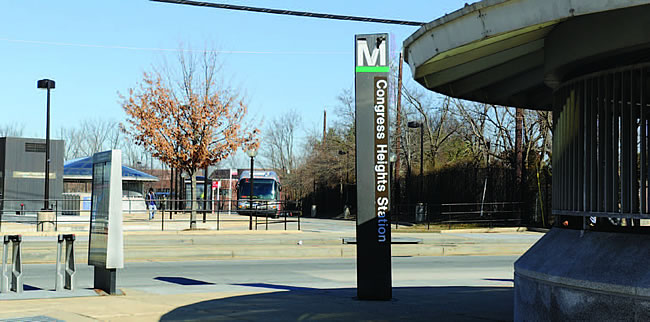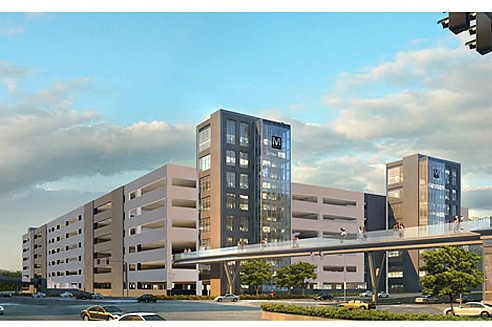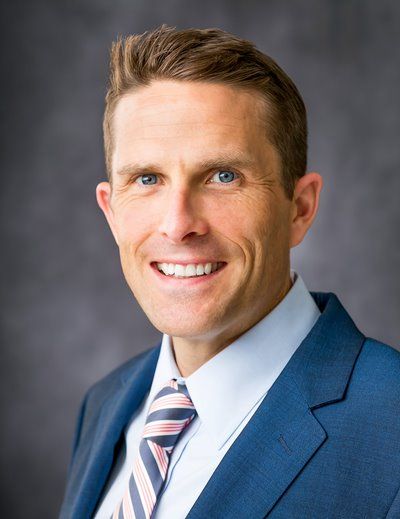About
Learn about WMATA Bonds including our Sustainability, News & Press Releases, Projects, and Team.
Talk to us
Have questions? Reach out to us directly.
Learn about WMATA Bonds including our Sustainability, News & Press Releases, Projects, and Team.
About WMATA Bonds
- Dedicated Revenue Bonds Ratings
- AA/AA/AA+
The Washington Metropolitan Area Transit Authority (Metro) was created by an interstate compact in 1967 to plan, develop, build, finance, and operate a balanced regional transportation system in the national capital area. Metro began building its rail system in 1969, acquired four regional bus systems in 1973, and began operating the first phase of Metrorail in 1976. Today, Metrorail serves 91 stations and has 117 miles of track. Metrobus serves the nation's capital 24 hours a day, seven days a week with 1,500 buses. Metrorail and Metrobus serve a population of approximately 4 million within a 1,500-square mile jurisdiction. Metro began its paratransit service, MetroAccess, in 1994; it provides about 2.3 million trips per year.
Image Gallery
Sustainability
Learn about our environmental, social, and governance program, and how we bring those values to life with green bonds, sustainable projects, and more.
News
News
September 29, 2025
Washington Metropolitan Area Transit Authority (WMATA, Metro) is announcing a strong close to fiscal year 2025, achieving $120 million in savings while delivering record ridership growth and national recognition for service excellence.
News
September 18, 2025
APTA recorded and filmed a special episode of its official podcast, The Transit Authority, at the TRANSform conference in Boston, MA. Guest Randy Clarke, general manager and chief executive officer of the Washington Metropolitan Area Transit Authority (WMATA), described the accomplishments and innovations that resulted in peer recognition for WMATA as winner of APTA’s Outstanding Public Transportation System Achievement award.
Through bold leadership, regional collaboration, and a relentless commitment to continuous improvement, WMATA has rebuilt public trust, modernized, and redefined what excellence in public transportation looks like. View the episode. Listen to a recording of the episode.
News
September 16, 2025
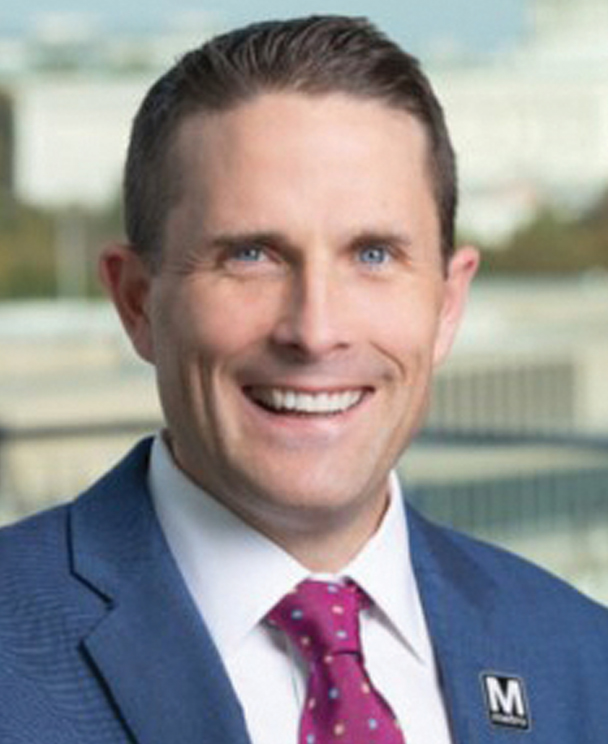
The last three years have been surreal, but our collective focus on “One Metro” has allowed us to accomplish some extraordinary milestones.
As America’s Metro System, we proudly serve our National Capital Region and were recently recognized by our peers with APTA’s Outstanding Public Transportation System Achievement award.
For two years, we’ve led the country in ridership recovery on both rail and bus. We’ve listened to customers and been able to make continuous service improvements.
When I arrived as general manager, I asked customers for their top concerns, and three themes surfaced: safety, service reliability, and fare enforcement. Our employees’ concerns mirrored these, and we addressed each one head on.
Crime in our system is at a seven-year low, and we’re the safest and most cost-efficient way to travel. We’ve leaned into technology, using our more than 30,000 cameras to quickly respond to maintenance and emergency incidents, leading to Transit Police winning gold in APTA’s 2025 Rail Security Awards.
Two years ago, we moved our operational epicenter to one facility supporting buses, trains, and police services. This action focused response on better and faster internal and external communication for a more streamlined approach.
We tracked our progress and reported it transparently and publicly to our board and stakeholders and we’re proudly leading the industry in many categories while prioritizing transformational culture change.
Trains now arrive every 3-5 minutes in the busiest parts of our system. We tackled fare enforcement by installing modern taller, more durable fare gates. We also enhanced Transit Police and security enforcement, making officers more visible and fare signage clearer. These changes, coupled with support from our jurisdictional partners to revise fare enforcement laws, helped lower fare evasion by 82 percent on Metrorail.
In May, we launched our credit/debit/wallet option to pay on Metrorail, adding convenience with future expansion planned on bus and parking this year.
We’ve implemented the largest bus network redesign in the country, getting feedback while planning growth and efficiency. We’ve added 11 new routes, expanded weekend service for 20,000 more residents, and increased service by 7 percent, all while staying cost neutral within our existing funding. We also have a new app called MetroPulse—a one-stop-shop for customers.
We’ve listened carefully and acted, which led to record setting customer satisfaction ratings: 83 percent on bus and 92 percent on rail.
These successes have been amazing, but uncertainty loomed in 2023 with possible draconian service cuts and an operational budget deficit of $750M. We were candid about the impacts and what that could mean for our customers and employees. We examined our finances for efficiencies, yielding more than $500M in cost savings over a two-year period. We froze non-critical positions, and every employee—both Union and non-rep—agreed to forgo any merit increases to avoid layoffs. Collaboration and the support of regional leaders resulted in an operating budget that continues to support quality service delivery.
Additionally, DMVMoves, a regional initiative, was established to resolve Metro’s lack of predictable and dedicated funding. Regional leaders are working to finalize a plan to fund an even better regional transit network, and we are optimistic for our future.
We’re in the National Capital fishbowl, with customers ranging from members of Congress, federal agencies, national media, and tourists from all over the country whose only transit experience may be on Metro. This certainly puts extra pressure on us, but we welcome that and deliver service with pride. So, when you visit, we hope to see you on board.
Onward!

Projects
Team
Talk to us
Have questions? Reach out to us directly.
